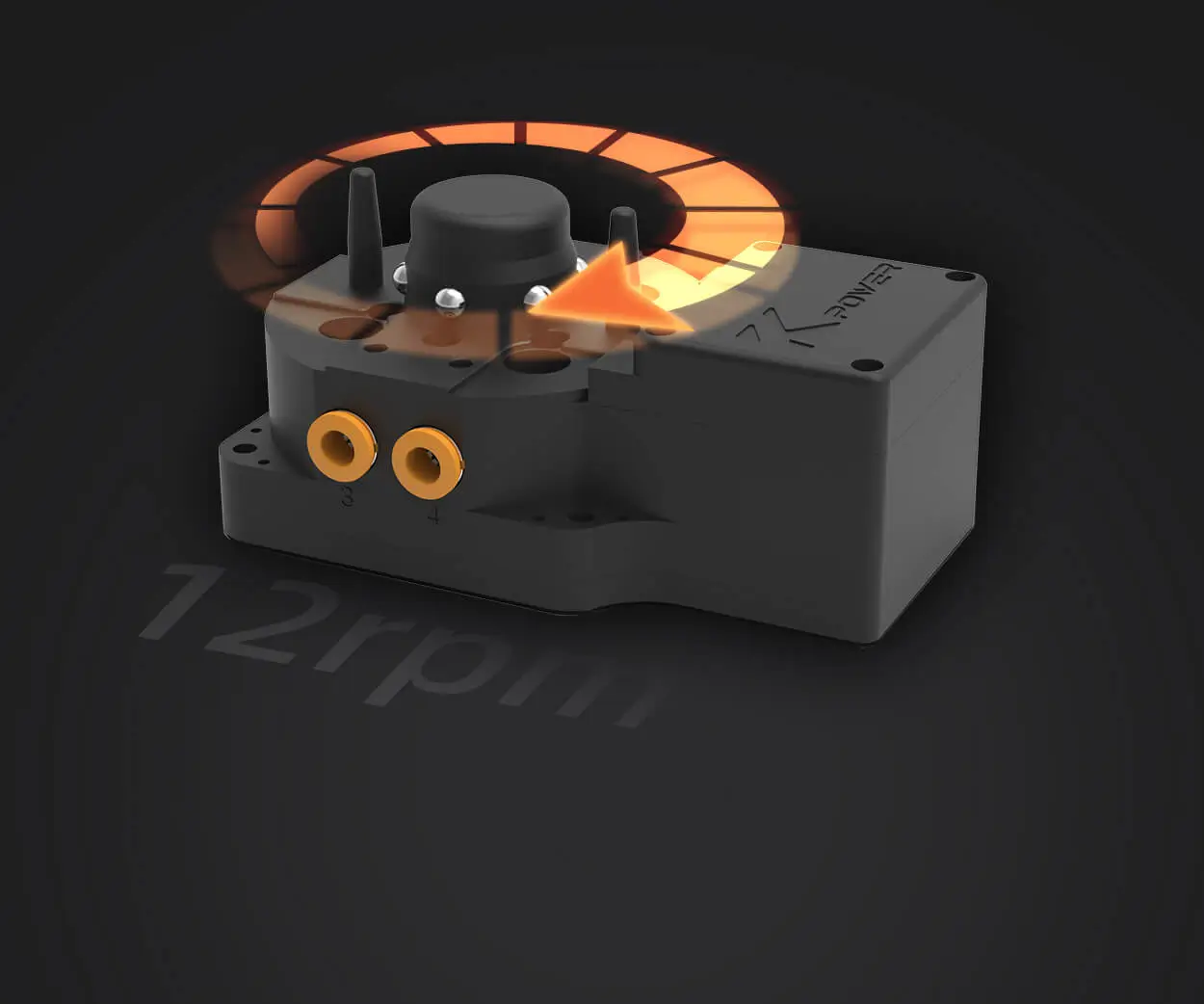Getting Started with Brother Gear Motor Installation: Why It Matters
In the complex world of machinery and automation, gear motors play an essential role—they’re the powerhouse behind countless industrial applications, from conveyor systems to robotic arms. Among the most trusted names in the industry is Brother, renowned for their reliable, durable, and efficient gear motors. But even the most robust gear motor can’t do its job properly without a correct and thorough installation process.

Proper installation isn’t just about screwing parts together; it’s about ensuring that the motor functions smoothly, efficiently, and safely over its operational life. Whether you’re an industrial technician, a maintenance engineer, or a DIY enthusiast diving into your first gear motor setup, understanding the key principles of Brother gear motor installation can dramatically reduce downtime and prevent costly damage.
Understanding the Components
Before diving into step-by-step installation, it’s vital to familiarize yourself with the core components involved:
Gear Motor: The combined unit of a motor and a built-in gearbox, designed to deliver specific torque and speed characteristics suited to various applications. Mounting Brackets/Flanges: Structural parts that attach the gear motor rigidly to your equipment. Shafts and Couplings: Connect the gear motor to external machinery, transmitting power efficiently. Electrical Connections: Power supply wires, control switches, and safety devices that ensure reliable operation. Lubrication Points: Areas requiring regular maintenance to prevent overheating and wear.
Preparation: The Foundation of Successful Installation
A flawless installation begins long before you start attaching parts. Preparation involves assessing your workspace, tools, and equipment to guarantee safety and efficiency.
Selection of Proper Motor Model: The first step is choosing the right Brother gear motor for your needs. Consider load requirements, speed, torque, and environmental factors such as humidity, dust, or temperature. Consult tech datasheets or a professional to match specifications precisely.
Gathering Tools and Materials: Common tools include wrenches, screwdrivers, alignment tools, lubricants, and safety gear. Also, have schematic diagrams and mounting instructions handy.
Workspace Setup: Clear the area of obstructions. Ensure stable footing, adequate lighting, and proper safety precautions—like gloves and eye protection.
Inspect Components: Check all parts for defects or damages. Any imperfections can lead to vibrations, noise, or eventual failure.
Installation Steps: Step-by-Step Guide
Once your preparations are complete, move on to the installation process itself.
Step 1: Mounting the Gear Motor
Start by securing the mounting bracket or flange to the gear motor. Tighten bolts evenly to avoid misalignment. The mounting position should facilitate maintenance access and minimize stress on the shaft and couplings.
Tip: Use a torque wrench to tighten bolts according to manufacturer specifications, ensuring a snug but not overly tight fit that could deform parts.
Step 2: Positioning the Motor
Identify the correct orientation based on your application. Typically, a horizontal mounting position is preferred for even lubrication and heat dissipation, but vertical configurations might be necessary for specific setups.
Use leveling tools to ensure that the motor’s axis is perfectly aligned with the driven equipment, which helps reduce operational vibrations and wear.
Step 3: Alignment of Shaft and Couplings
Alignment is critical. Misalignment can cause premature wear, noise, and energy loss. Use dial indicators or laser alignment tools for precision. Check both angular and parallel alignment to ensure the shaft and coupling are perfectly aligned.
Step 4: Electrical Connections
Before powering up, double-check wiring connections against the control schematic. Ensure all grounding and insulation protocols are followed to prevent electrical faults. Use connectors and terminals rated for the motor’s voltage and current.
Step 5: Lubrication and Testing
Apply recommended lubricants to gears and bearings. Follow Brother’s specified lubrication intervals and types to prolong motor life.
Before full operation, perform a trial run at no load. Listen for unusual noises, vibrations, or heating. Check the motor’s temperature, torque output, and rotational direction.
Addressing Common Installation Challenges
Even with careful planning, you might encounter issues such as misalignment, vibration, or electrical faults. Troubleshoot systematically:
Reassess alignment and mounting firmness Confirm electrical connections Inspect for debris or external damage Check for proper lubrication
Safety First
Throughout the installation process, prioritize safety. Always disconnect power when handling electrical connections, wear protective gear, and follow lockout/tagout procedures.
Kpower has delivered professional drive system solutions to over 500 enterprise clients globally with products covering various fields such as Smart Home Systems, Automatic Electronics, Robotics, Precision Agriculture, Drones, and Industrial Automation.




































